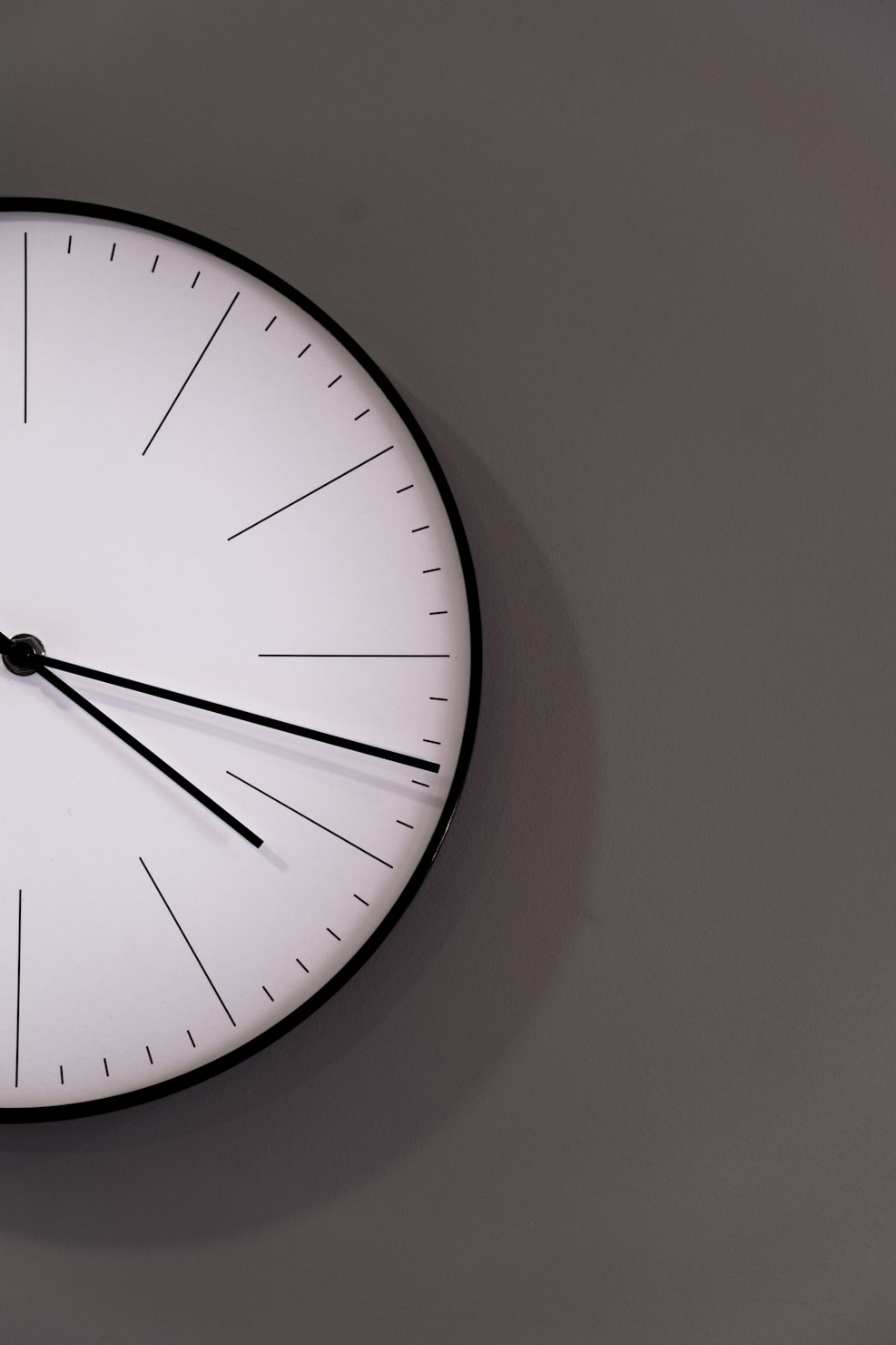Platonics: where robots learn from humans.
Our robots are designed to be taught and corrected by humans. We rely on compliant control to ensure safety in human-robot interaction. We belive in a future where robots constantly improve from their interaction with humans. Our solution allows the easily generalize to new task environments by adapting the learned skills or by learning new skills. We were awarded the Franka Emika Emika Manipulation Challgenge in 2022 and the euROBIN Manipulation Skill Versatility Challenge in 2024.

Features
What you get with the Platonics approach
Our approach to versatile robotic manipulation has led to winning multiple robotic competitions. This is possible to our philosophy and choice of hardware
Safety through compliant control
Our controllers are designed to be safe to work with, even in close proximity to humans.
Kinesthetic Teaching
Our robots are designed to be taught by humans, not programmed by them.
Affordable Hardware
Our robots are built using affordable hardware, making them accessible to everyone.
Graphical User Interface
Our robots are controlled using a graphical user interface, making them easy to use for non-expert users.
Get your robot automate your tasks in 3 steps
Step 1: Install Robot
Install the robot in the designated workspace and connect it to the NUC computer. Ensure all components are connected to the same local network.
Step 2: Install software
Install all the necessary software. Ideally, here we need a simple script.
Step 3: Launch Platonics GUI
Launch the Platonics graphical user interface and start the robot.
Ready!
Start teaching the robot the tasks you want to automate.

Platonics - your solution to automation
Don't waste more time browsing this website and get in touch with our solution. It's all out there!